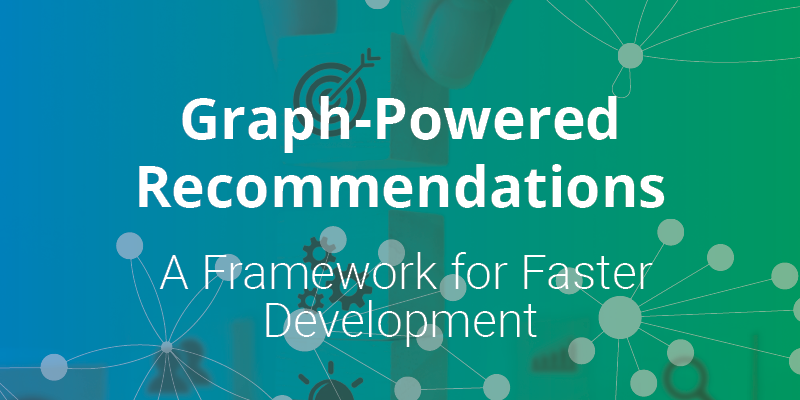This week, in blog three of our five-part series on graph-powered recommendations, we take a look at the demands of modern recommendation engines. We also have a look at the Neo4j Intelligent Recommendations Framework.
The Demands of Modern Recommendation Engines
The need to provide smart, engaging and high-value customer experiences drives high-level business requirements for recommendation engines. In turn, the results of those recommendations should drive the strategic objectives of the enterprise while providing hyper-personalization for application users.
Explainable Results
Modern, online applications must include recommendations that are credible, contextual and reproducible – so they drive user confidence and adoption.
Real-Time Responsiveness
Online apps must make instant, real-time recommendations that maintain the momentum of online sessions and preserve user interest.
Comprehensive Visibility
Applications should leverage all available data and relationships in making in-depth, informed recommendations and predictions.
Advanced Algorithms & Techniques
Applications must provide scored and ordered recommendations generated by multiple algorithms and techniques to give users a spectrum of suggestions for moving forward.
Effective Business Results
All applications should meet business objectives, which can include higher revenues, lower costs, customer satisfaction, upsells, cross-sells, hires, reduced job flight and other goals.
Easy, Maintainable Solution
The final business requirement for most organizations is to develop and maintain a recommendations solution in a timely, cost-effective manner. This necessitates starting with a framework that is purpose-built to create and manage real-time recommendations across a variety of enterprise use cases.
Neo4j Recommendations Framework
The Neo4j Recommendations Framework is an intelligent platform for making quality recommendations while significantly reducing the time required to develop associated applications.
The framework takes full advantage of Neo4j graph functionality and works with any data model implemented on a Neo4j database. And unlike almost all recommendation technologies, the Neo4j framework is adaptable and customizable to all industries, functions and use cases – not just retail. The framework includes the following components:
- A graph database that defines business relationships, user segments and item similarities
- Connections to enterprise databases and external sources
- Any number of hybrid-scoring recommendation engines powered by graph and ML algorithms
- A simple Node.js server with Apollo GraphQL APIs that interact with existing applications
- A dashboard for managing the recommendations environment
Conclusion
As we have shown, modern recommendation applications have strong requirements around explainability, responsiveness, visibility, and results. The Neo4j Intelligent Recommendation Framework streamlines the development of such applications.
Join us again next week for blog four in this five-part series, where we will dive into the pipeline for creating recommendation applications and explore how to leverage graph algorithms and AI for effective results.
Get My White Paper





